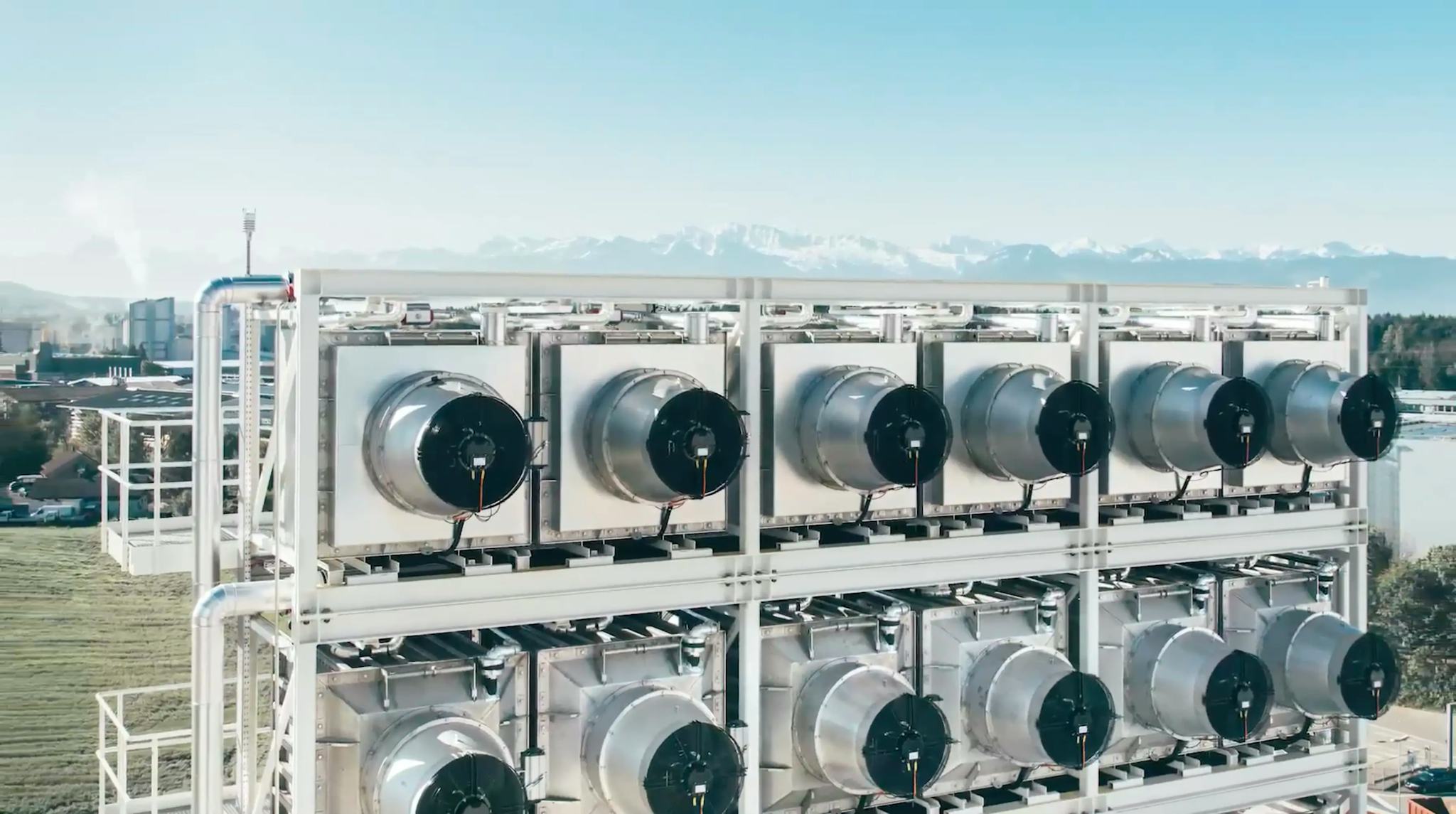BECCS is a process that leverages the power of biomass (think plants and trees) to capture and store carbon. It combines the production of energy from biofuels with carbon capture and storage technology.
So, How Does BECCS Work?
BECCS is a multi-step process. Here's a simplified version:
Bioenergy production: Biomass, such as plants or organic waste, is grown or collected. As it grows, this biomass absorbs CO2 from the atmosphere, storing carbon within its structures.
Energy extraction: This biomass is then burned or processed to extract bioenergy, releasing CO2 as a byproduct.
Carbon capture: The CO2 emissions produced during energy extraction are captured at the source, using technologies similar to post-combustion capture.
Storage: The captured CO2 is then transported and stored underground, much like other carbon capture and storage methods.
This process creates a closed carbon loop: the CO2 captured by the biomass is the same CO2 that is stored, making BECCS a carbon-neutral, or even potentially carbon-negative, technology.
Who's Breaking Ground in BECCS?
Several organisations worldwide are harnessing the power of BECCS, including:

Drax Power Station: The UK's Drax Power Station has transformed from the largest coal plant in Western Europe to a biomass-fueled power station, utilizing BECCS. Their pilot project is successfully capturing one tonne of CO2 per day.

Vattenfall and Preem: These Swedish companies are teaming up to develop BECCS at Preem's Lysekil refinery, aiming to make it carbon-neutral by 2045.

Biorecro and E.ON: In a pilot project in Illinois, USA, these companies have successfully demonstrated the feasibility of BECCS at a commercial scale, offering promise for future developments.
The Bottom Line
BECCS offers a win-win solution: it harnesses the natural carbon-capturing power of plants while simultaneously producing renewable energy. However, like all technologies, it's not without its challenges – factors such as land use, water consumption, and ecosystem impacts need careful consideration.
Want to read more?
Check out some of our other case studies
Capturing the Future: An Insight into Carbon Capture and Removal
Carbon Capture and Removal is like a vacuum cleaner, sucking up carbon dioxide (CO2), the main culprit behind global warming, right out of our atmosphere.


